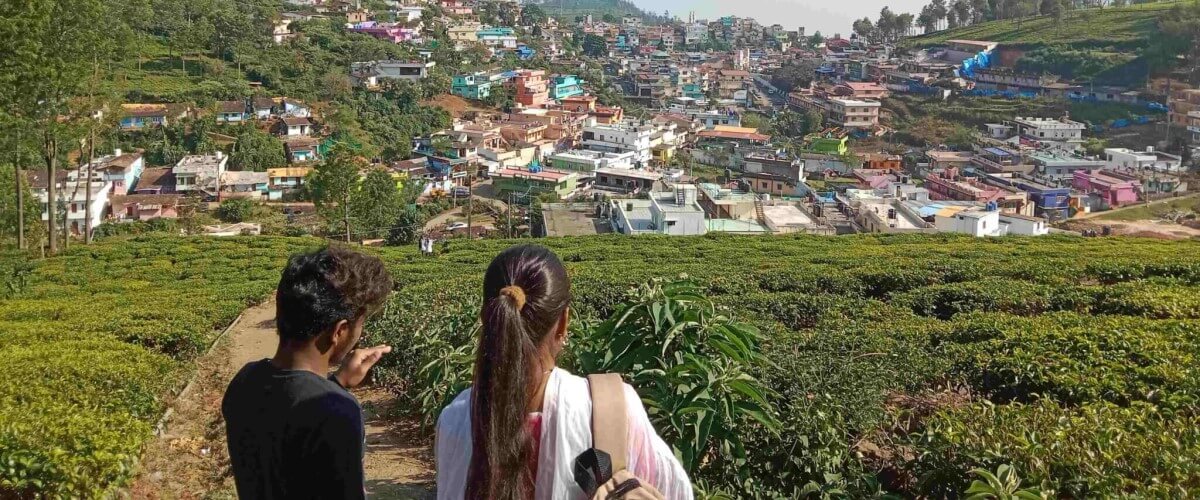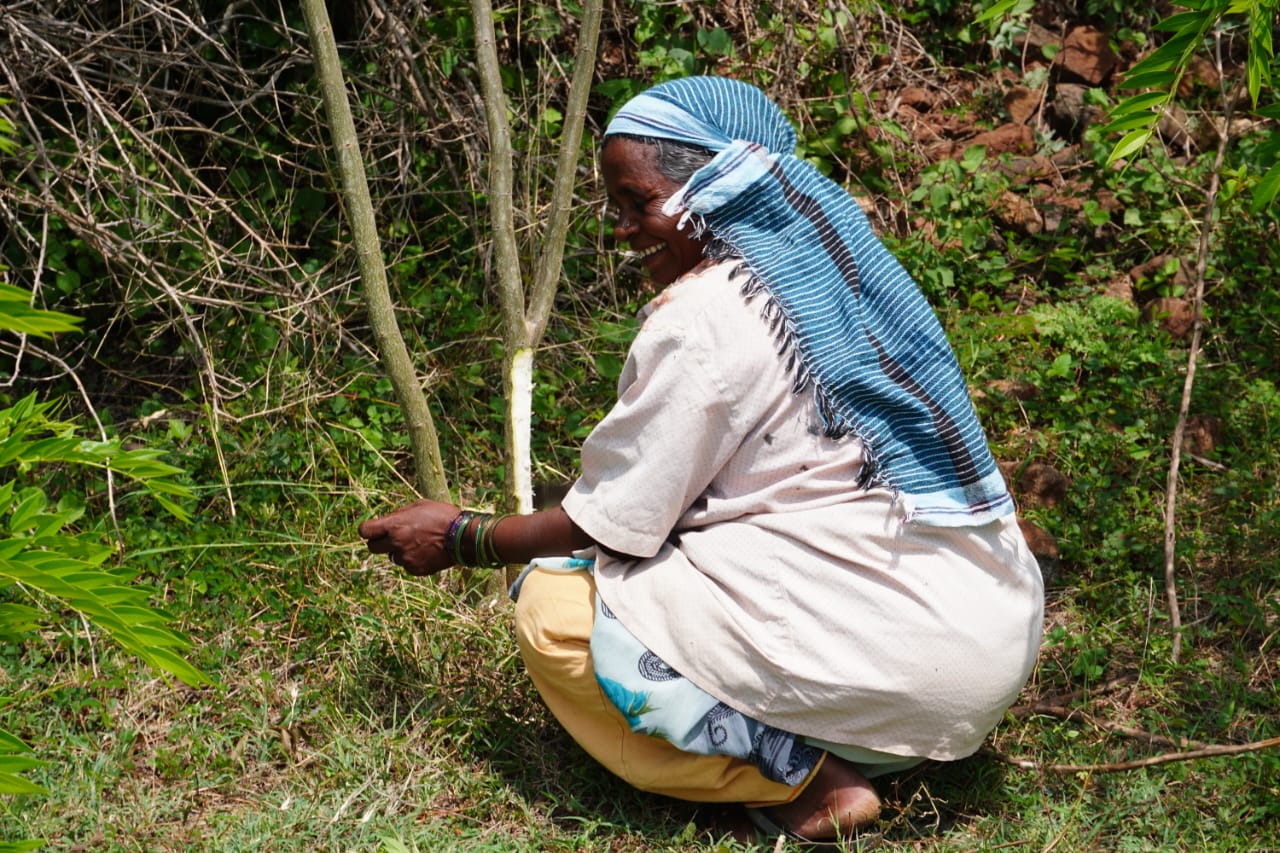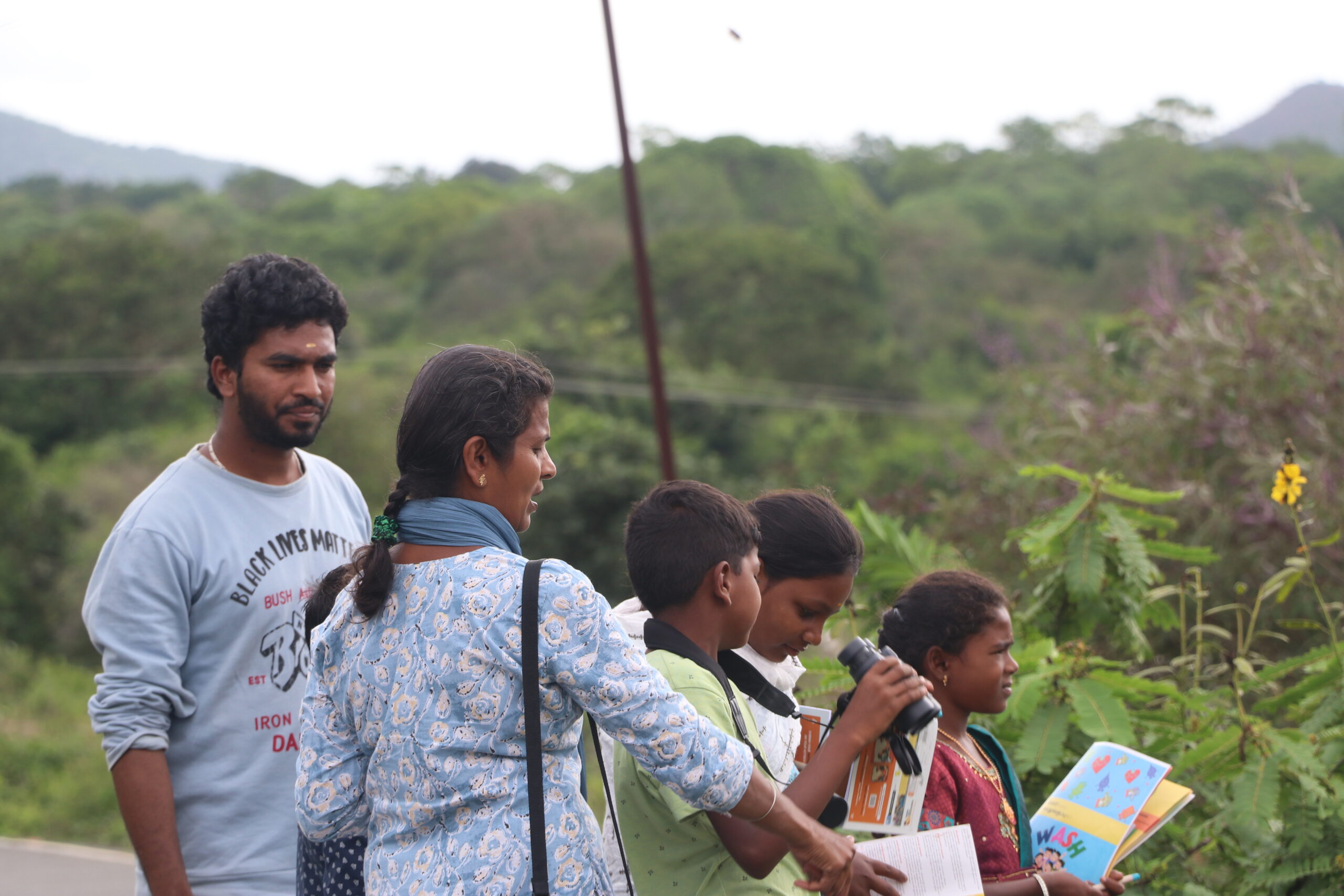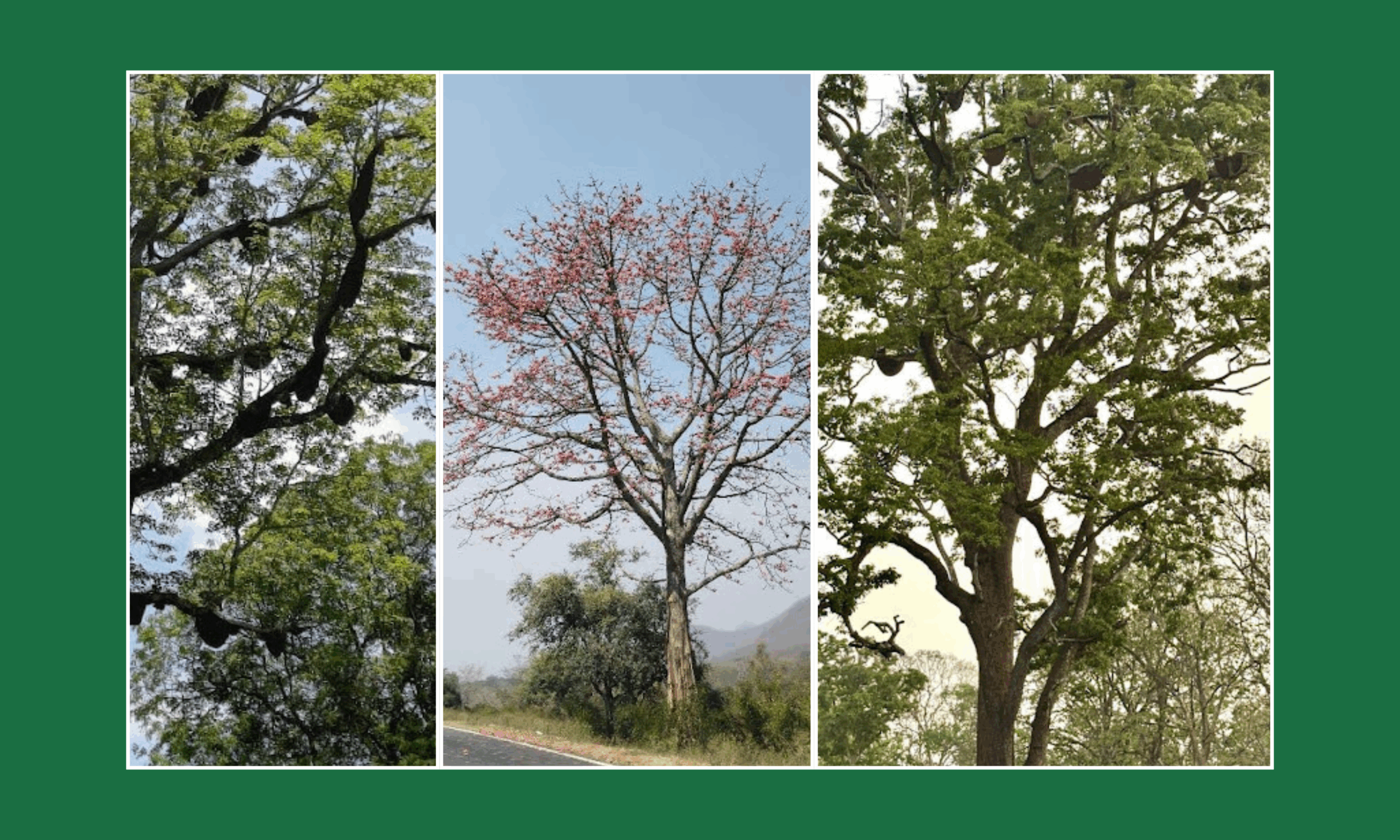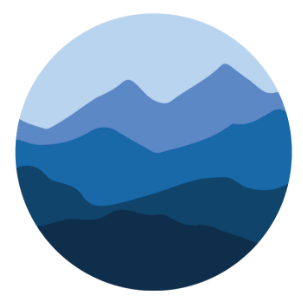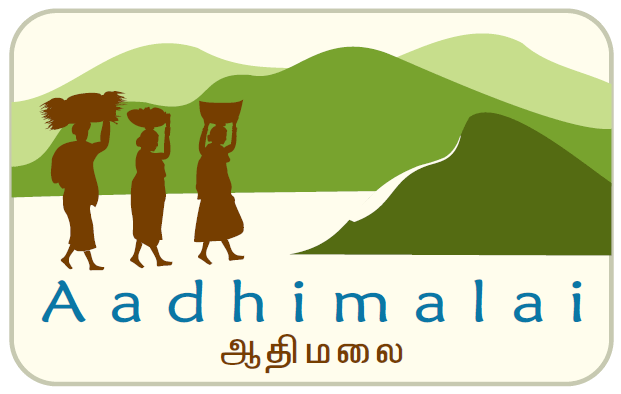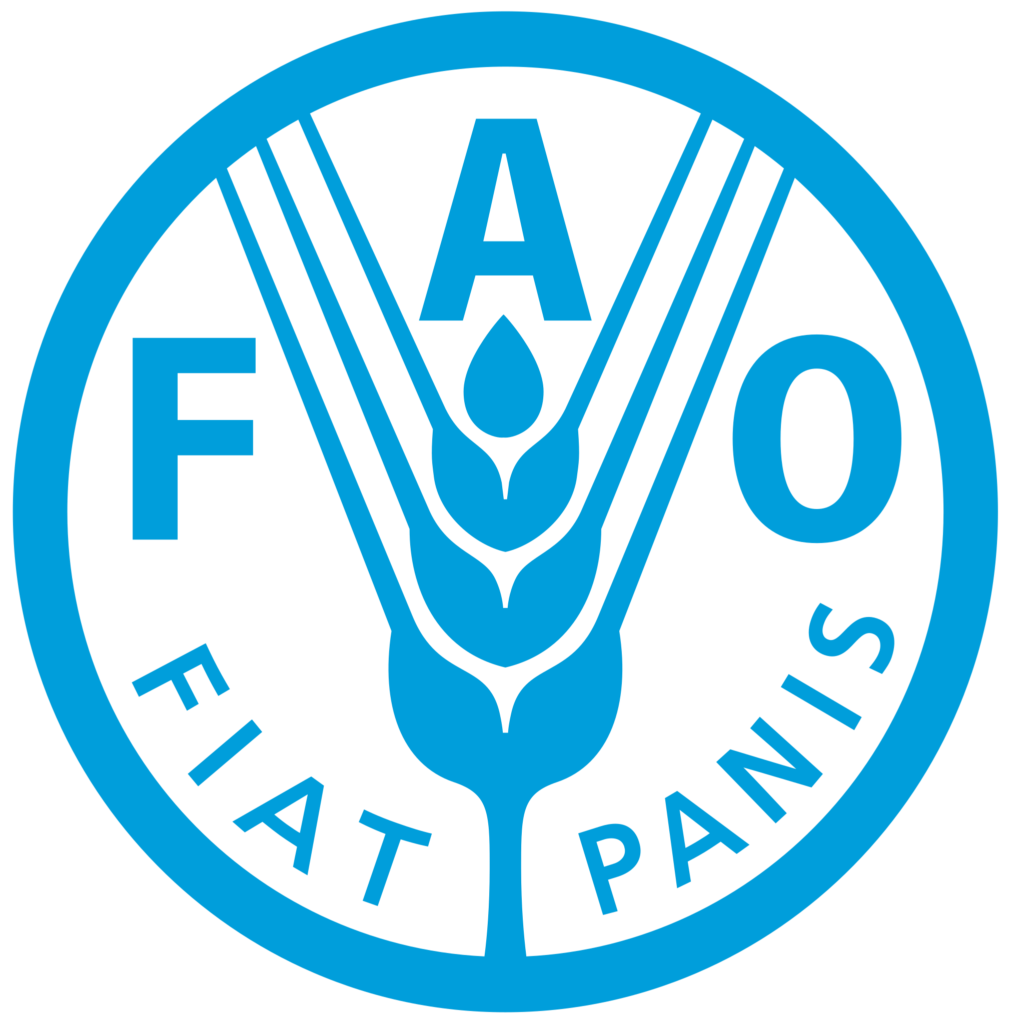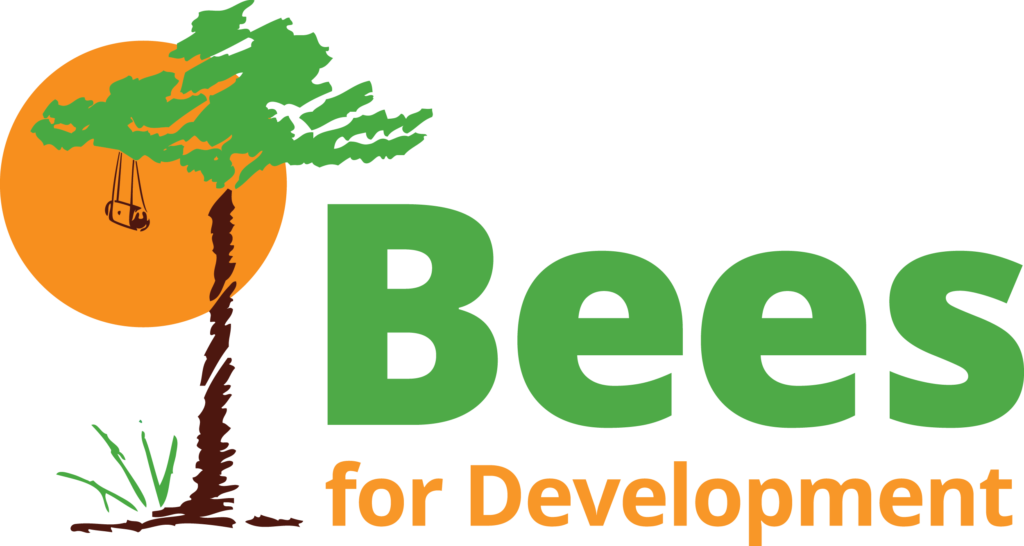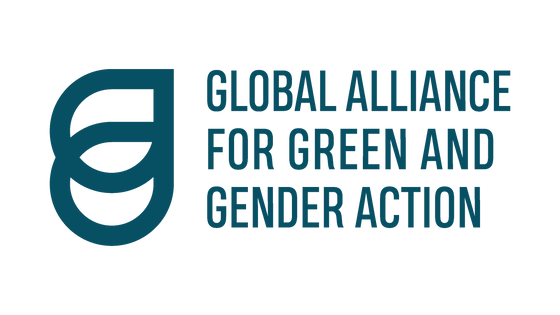Week 6 of the NFLC program was a mix of Zoom classes taught by Neema Kudva from Cornell University, and field work. The topics discussed were water and waste, and the structure of this week was such that the theory learned was applied almost immediately to practice creating an all-round learning experience. The first day of classes was an introduction to cities and urbanization, where the elements of cities and towns were discussed, as well as their histories and how they came to be. This was coupled with the CBE exercise completed the night before, where students drew what they believed cities contained- ranging from airports, lack of forests, complex road structures, cockroaches, and rats. Later that day, students went on a Transect walk down to Happy valley, noticing the houses, vegetation, water sources and how this changed during our walk. Students noticed the number of wells and were also able to understand the differences in water and waste in hilly areas and how these issues are intertwined and impact each other.
The next day students learned about basic services and amenities and the inequalities that exist between who gets what. They discussed sanitation, waste, and water and the array of issues that arise when water used is not clean. Students discussed the CBE exercises which were about mapping out water sources in their villages and towns. Following the lecture, students visited the waste park in Coonoor, where they saw first-hand, how trash was separated and handled. They learned about the intricacies of recycling – where different kinds of plastic were recycled in different ways (a bottle recycled into a bottle, weaker plastics recycled into other items, etc.). Moreover, students were shown that different kinds of plastics have different qualities that show how recyclable it will be, for example how quickly it tears, or it’s stretchiness.
The following days of the week were dedicated to a research project, investigating water, waste, and wellness in the village of Anil Kadu. After a preliminary visit upon which students based their planning and research strategies, students spent the day at the village. They split up the work and completed a transect walk, mapping water and waste, and then conducted interviews with the men and women separately, and as a group. They worked on compiling their information together, and then dividing it into sections to present later that day. Students divided their final research results under the question investigating the status of water, waste, and wellness in Anil Kadu. They made a calendar, a map, and tables about water and waste usage and discussed the challenges to water, waste, and wellness during their presentation.
-Shakuntala Ramnath

